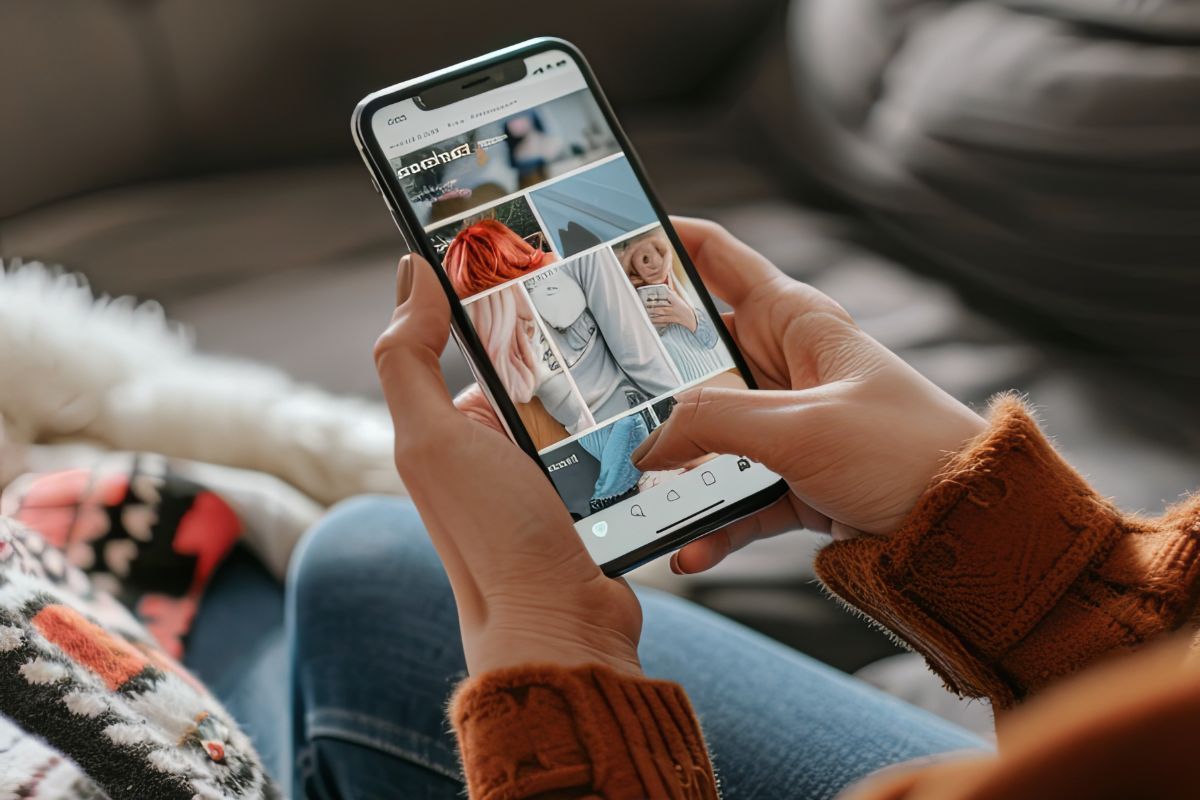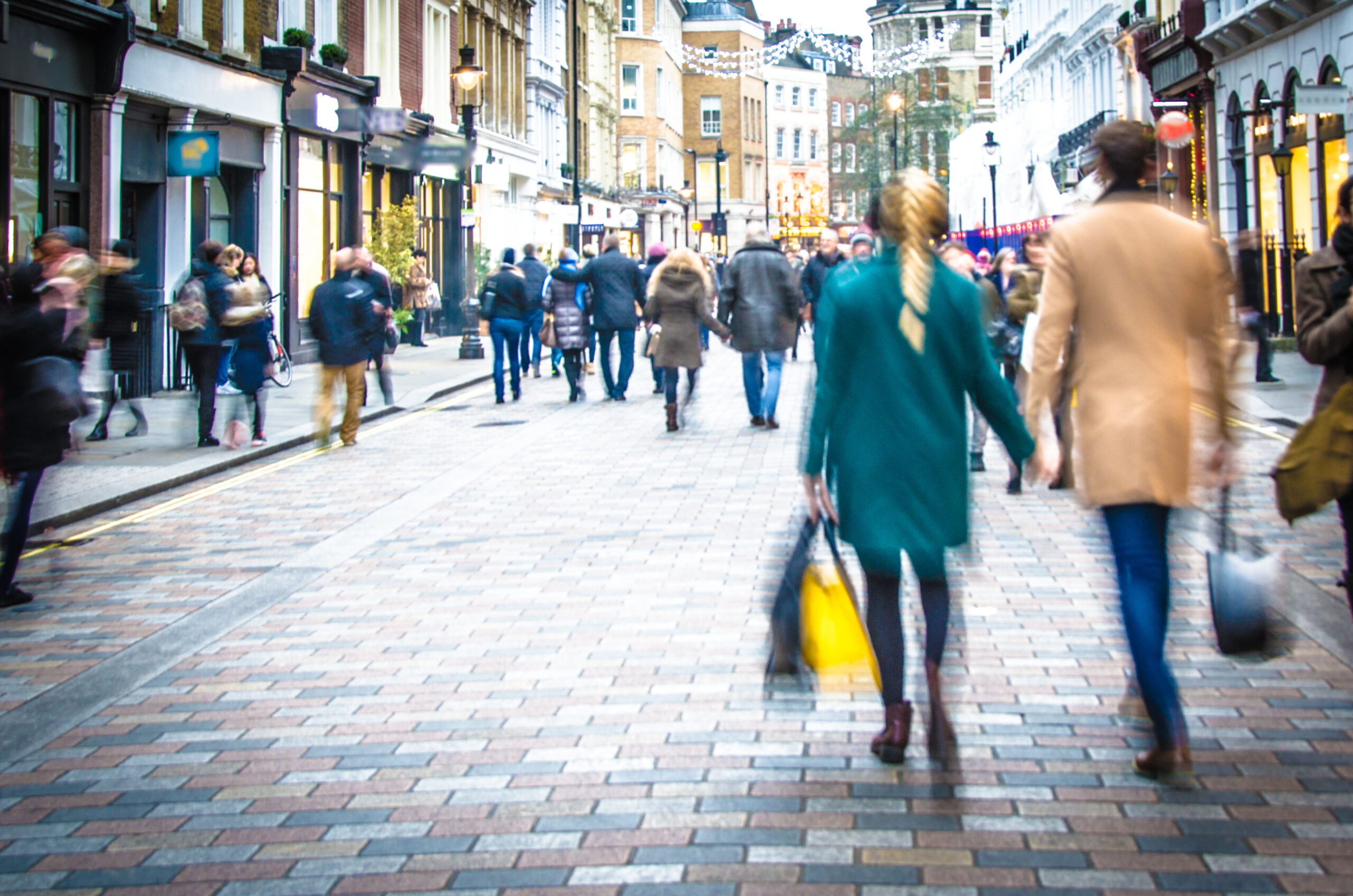Too often retailers ignore the potential of packaging but  it’s about more than just a box, explains Konrad Kwiatkowski, marketing manager and co-founder at Packhelp.
it’s about more than just a box, explains Konrad Kwiatkowski, marketing manager and co-founder at Packhelp.
Despite what the headlines say, bricks and mortar stores still have an advantage over ecommerce when it comes to connecting with the customer. When you step over the threshold of a physical store, there are several aspects you immediately notice – from visual merchandising right down to lighting and ambience.
When done well, these elements work in harmony to create an overall impression that is difficult to replicate online. Instead, ecommerce businesses must focus on design, the ordering process, as well as customer support and aftercare.
But packaging can also play an important part for an online retailer trying to enhance the overall customer experience. It may seem like a ‘nice to have,’ but consumers will always remember when a product arrived on their doorstep in packaging that was tatty or uninspiring.
Below are three ways retailers can use packaging to bond with customers and deliver an unrivalled retail experience.
1 Carving out your niche
Picking out a box is easy enough but what does it say about your brand and who you are as a company? Do you invest heavily in personalisation, or go for a more minimalist approach? Will you look at some aspect of technology, like QR codes, or is your audience more concerned with the sturdiness of the box and how the product is protected?
Sometimes, the simplest packaging is the best. Imagine a plain box with a high-gloss finish. There is no branding on it, no typography, no hint as to what it could be. The mystery of the unknown is part of its appeal and entices the customer to rip into it, in the hope it is the order they’ve been waiting for. This works particularly well with luxury items, for example a limited-edition pair of trainers or the latest smartphone.
2 Creating the unboxing experience
It’s not just the outside of the box that matters, but the unboxing process itself. An effective way to engage with customers is to turn this into an experience.
A retailer selling tea and related kitchenware products is a good example of this. Tea is typically a product to be savoured. A company selling an afternoon tea set might incorporate this sentiment into its packaging by laying out each of the components – the teapot, teacup and saucer and teabags – into compartments which need to be pulled out separately. In this way, unboxing it almost becomes something of a ceremony.
Beyond this, you might opt for a box within a box, a hidden compartment that slides open to reveal a gift, or a high-quality piece of wrapping which customers must unfold. Think also about how the customer physically engages with the box when they first pick it up – does it have a handle or some device to easily transport it?
3) Getting creative with sustainability
Whether it’s plastic straws or cardboard boxes, the issue of sustainability is the hot topic of 2018. As consumers become more concerned with issues around materials, brands are coming under pressure to become transparent or make changes.
This is a golden opportunity for retailers to show their commitment to the environment, rather than waiting to be pushed, as new standards come into effect. As well as using sustainable materials, many retailers now reward customers for returning packaging to the store that they can then recycle. These are great initiatives but they’re also fast becoming the norm.
Upcycling is a great way to be sustainable and creative. On a basic level, it might be a shoe box that can be repurposed as a shelf organiser, or a food subscription box that includes instructions on the side for making a child’s doll house. If retailers want to get more creative, they might include a QR label on their packaging which, when scanned, takes customers to a Pinterest board full of videos and images demonstrating how they can creatively reuse that box or packaging.
However we look at it, consumers are fast becoming influenced by product packaging. When we go into a physical shop, we instantly judge the book by its cover and, in the same way, a product is more likely to appeal to us when the packaging stands out. By using packaging as a tool to engage and delight, retailers can start to build a rapport with customers that will keep them coming back.
Image credit: Packhelp








